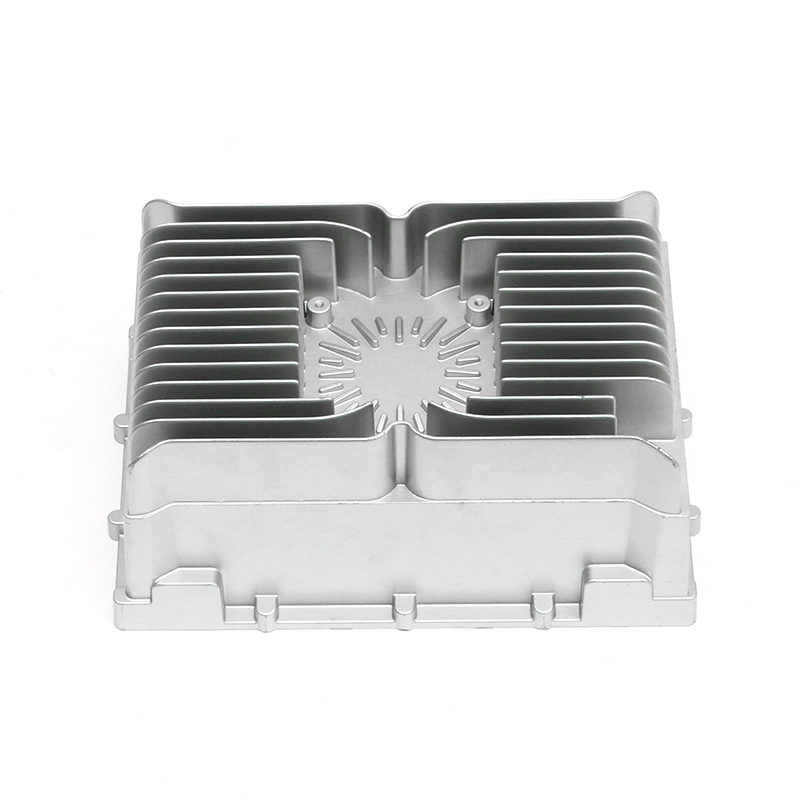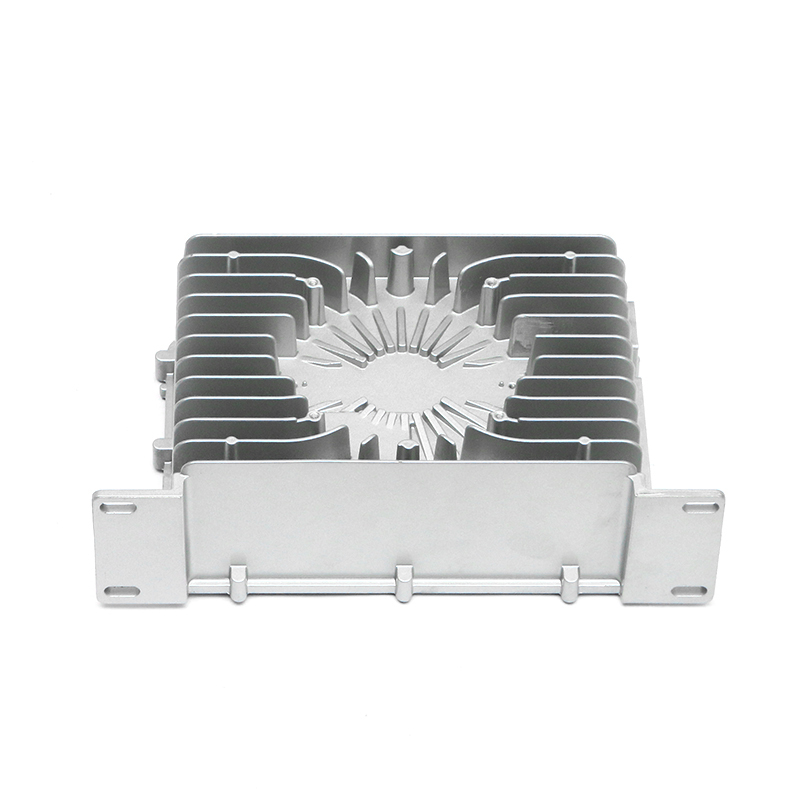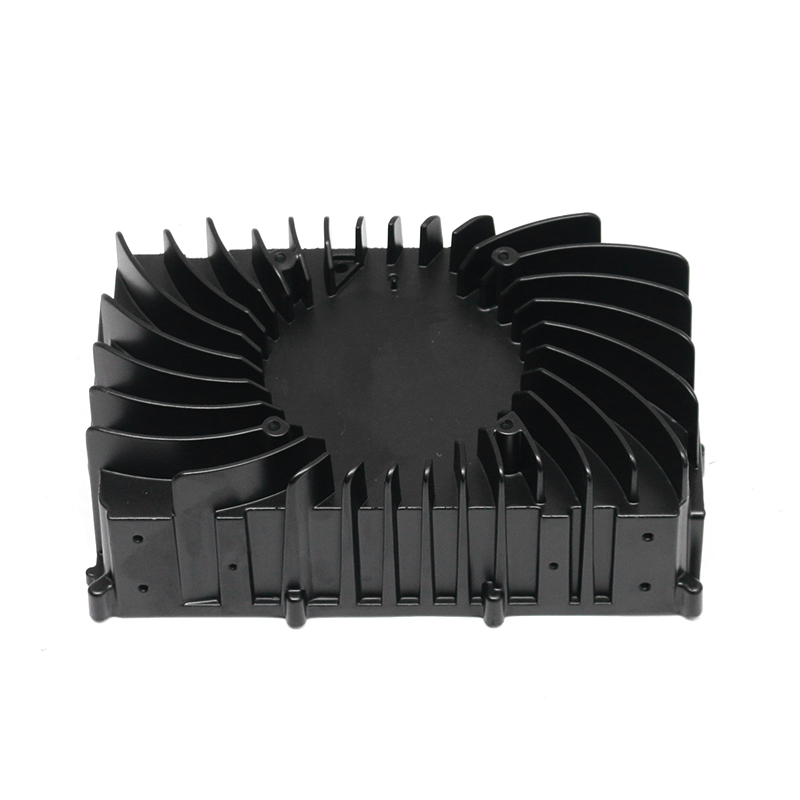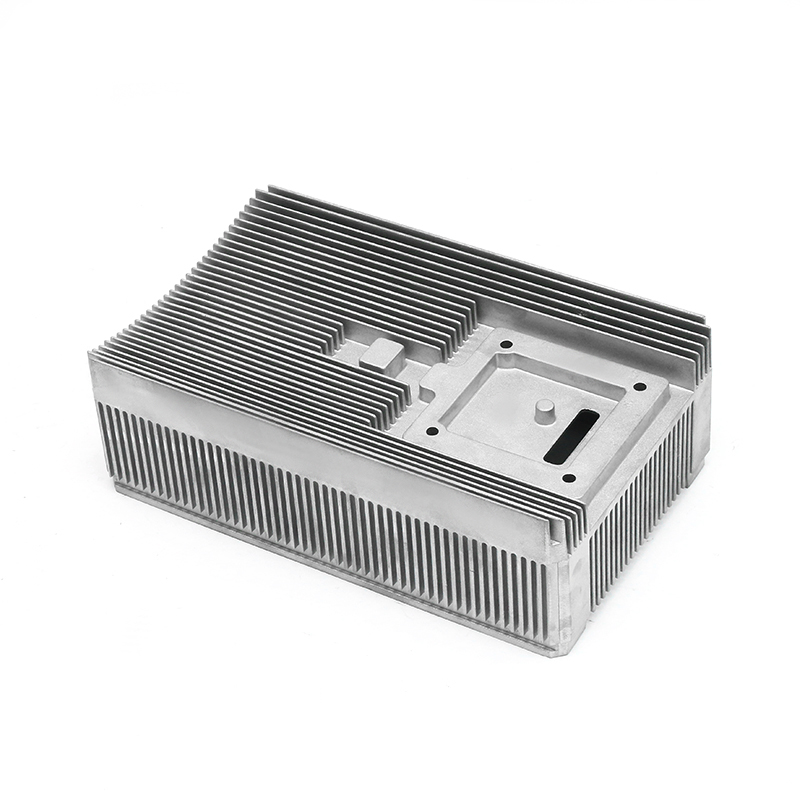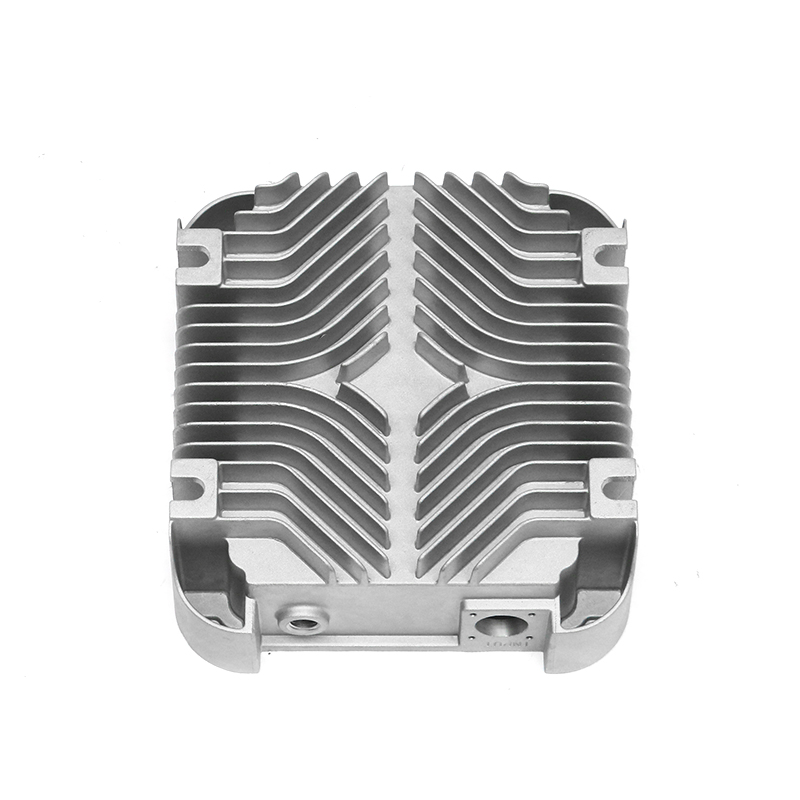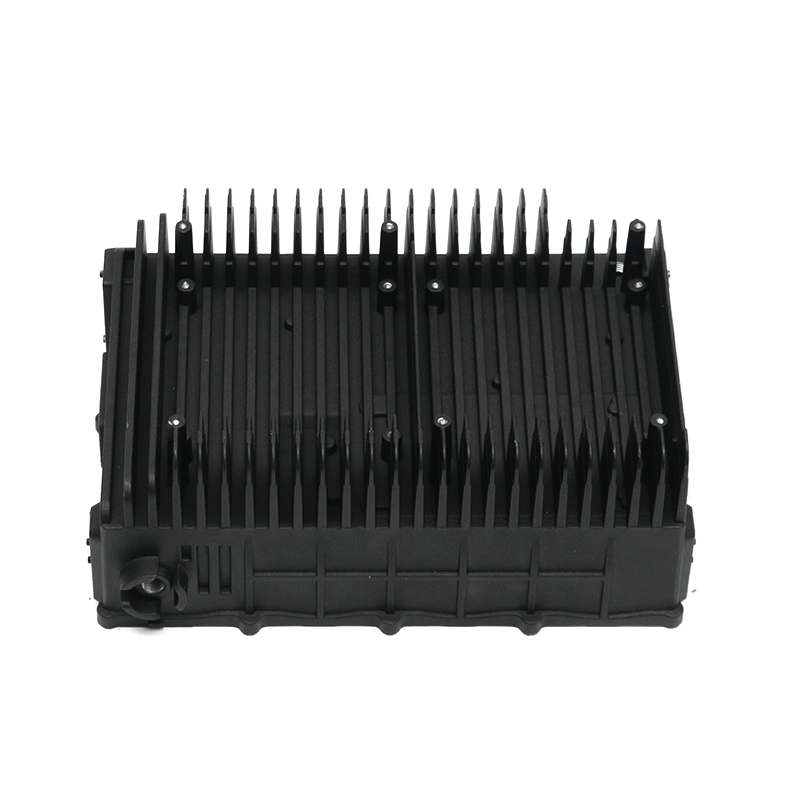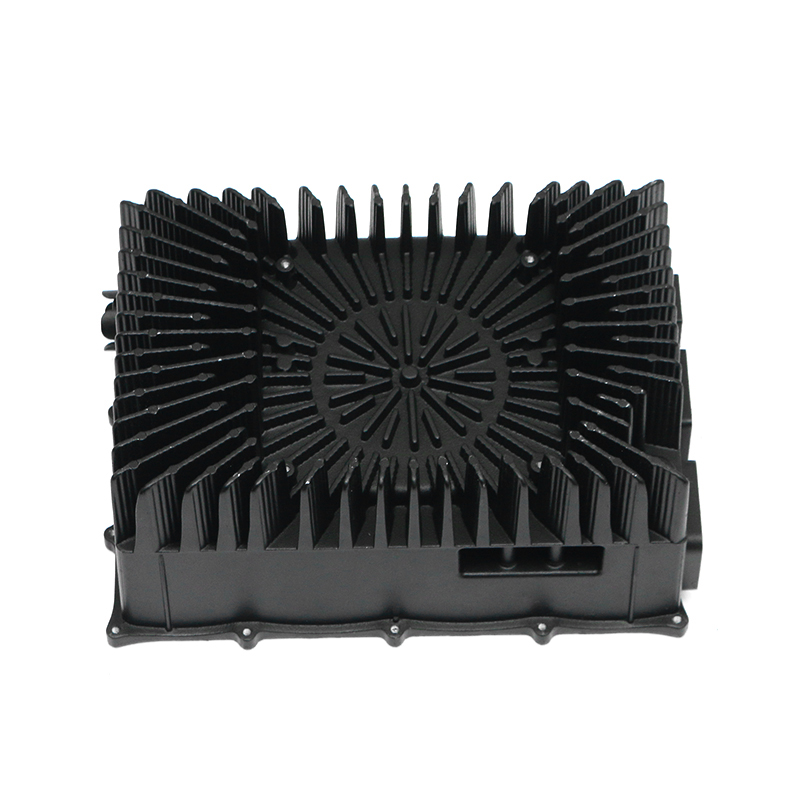Significance of Defect Detection in Car Water Pump Die Casting
Car water pump die casting is a critical process in the automotive industry, as water pumps are essential for maintaining engine temperature stability. Ensuring the integrity of die-cast parts is vital, since defects such as pores or cracks can compromise mechanical strength, reduce efficiency, and lead to premature failures. Detecting these defects during or after production helps maintain consistent quality and ensures that the parts meet safety and performance standards. Effective detection not only minimizes the risk of failures in real-world applications but also reduces rework and production costs.
Common Types of Defects in Die Casting
In the production of car water pump die castings, various defects can appear due to molten metal behavior, mold design, or process conditions. The most frequent issues include porosity, shrinkage cavities, micro-cracks, and surface roughness. Porosity results from gas entrapment or insufficient solidification, leading to small voids inside the material. Cracks may occur due to internal stresses, thermal fluctuations, or improper cooling rates. Identifying these defects early is essential for ensuring part reliability, especially since water pumps must withstand continuous exposure to heat and mechanical stress during engine operation.
Visual Inspection Methods
Visual inspection remains one of the most common methods for identifying defects in die-cast components. Operators examine parts under controlled lighting conditions, often with magnifying lenses or microscopes, to spot surface-level defects such as cracks, blisters, or surface porosity. While visual inspection is useful for detecting easily visible flaws, it is less effective for identifying internal porosity or microscopic cracks. This method is often used as a preliminary step before applying more advanced inspection techniques.
Dye Penetrant Testing
Dye penetrant testing is a non-destructive inspection method widely used to detect cracks and surface-breaking defects. The process involves applying a liquid dye to the surface of the casting, allowing it to seep into any surface irregularities. After a set time, the excess dye is removed, and a developer is applied to make the defects visible. This method is particularly effective for finding fine cracks or porosity near the surface of car water pump castings. It is simple, cost-effective, and reliable, although it cannot detect internal defects.
Radiographic (X-Ray) Inspection
Radiographic inspection, often referred to as X-ray testing, is an advanced technique for detecting internal defects in die-cast parts. By passing X-rays through the casting and capturing the image on a film or digital detector, inspectors can identify pores, shrinkage cavities, and other hidden flaws. This method provides a detailed view of the internal structure and is highly effective in evaluating the integrity of car water pump castings. While radiographic inspection is more expensive and requires specialized equipment, it is widely used in industries where component safety is critical.
| Inspection Method | Detectable Defects | Advantages | Limitations |
|---|---|---|---|
| Visual Inspection | Surface cracks, blisters | Low cost, quick | Cannot detect internal flaws |
| Dye Penetrant Testing | Surface-breaking cracks, porosity | Effective for fine cracks | Not suitable for internal defects |
| X-Ray Inspection | Internal porosity, shrinkage cavities | Detailed internal visualization | Higher cost, requires expertise |
Ultrasonic Testing
Ultrasonic testing is another non-destructive technique used for detecting internal defects in die-cast water pump components. High-frequency sound waves are transmitted into the casting, and their reflections from internal structures are analyzed. Differences in reflection patterns reveal voids, cracks, or inclusions within the material. Ultrasonic testing is highly sensitive and capable of detecting very small defects. It is especially useful for ensuring the structural integrity of parts that must withstand dynamic loads. However, it requires skilled operators and is less effective on very complex geometries.
Computed Tomography (CT) Scanning
Computed tomography scanning is an advanced extension of radiographic inspection, providing three-dimensional imaging of the internal structure of die-cast components. Unlike traditional X-ray images, which are two-dimensional, CT scanning allows for cross-sectional analysis of the entire casting. This technique is extremely valuable for detecting porosity distribution, crack propagation, and structural inconsistencies within car water pump parts. Although costly, CT scanning provides highly detailed results, making it a preferred choice for research, high-precision manufacturing, and failure analysis.
Pressure Testing for Leak Detection
Since car water pump die castings are directly involved in circulating coolant, leak detection is a practical method for identifying defects. Pressure testing involves sealing the casting and applying air or water pressure to determine if any leakage occurs. The presence of bubbles or pressure drops indicates porosity or cracks that compromise the casting’s sealing capability. This method is directly related to the functional performance of the part and provides a realistic assessment of its ability to operate under engine conditions.
Metallographic Analysis
Metallographic analysis is used for in-depth examination of die-cast samples by preparing polished cross-sections and analyzing them under a microscope. This method reveals microstructural defects such as microporosity, shrinkage cavities, and micro-cracks. It also provides insights into the casting’s grain structure and solidification behavior, which are essential for improving process parameters. Although this method requires destructive testing and sample preparation, it delivers valuable information about defect mechanisms and material performance.
| Testing Method | Surface Defects | Internal Defects | Application |
|---|---|---|---|
| Dye Penetrant | Yes | No | Crack detection on surfaces |
| Ultrasonic | No | Yes | Internal flaw detection |
| CT Scanning | Yes | Yes | High-precision analysis |
| Pressure Test | Indirect | Yes | Leak detection and performance check |
Magnetic Particle Testing
For ferromagnetic die-cast materials, magnetic particle testing can be applied to identify surface and near-surface defects. The process involves magnetizing the part and applying fine magnetic particles, which accumulate at defect sites such as cracks or pores. This method is effective for quickly identifying discontinuities, but its application is limited to magnetic alloys. For aluminum die casting, which is non-magnetic, this method cannot be used, but it remains relevant when hybrid materials or other ferrous alloys are incorporated in the production process.
Process Monitoring and Preventive Detection
In addition to post-production inspection, process monitoring during die casting plays a vital role in defect detection. Sensors and monitoring systems track temperature, pressure, and solidification rates during the casting process. Abnormal readings often signal the possibility of defects such as porosity or cracking. Real-time monitoring enables manufacturers to adjust parameters and reduce the likelihood of defects before parts are completed. Preventive detection strategies enhance efficiency by minimizing rework and scrap rates in car water pump production.
Integration of Automated Inspection Systems
Automation has become an essential part of modern defect detection in die casting. Automated visual inspection systems use high-resolution cameras and artificial intelligence to identify surface defects rapidly and consistently. Similarly, automated X-ray or CT scanning systems can handle large production volumes, providing faster detection of internal flaws. The integration of automation reduces human error, improves inspection accuracy, and ensures consistent evaluation across all water pump castings in mass production.
Comparison of Traditional and Advanced Techniques
Traditional inspection methods such as visual inspection and dye penetrant testing are cost-effective and suitable for smaller-scale operations. However, they are limited in scope and may miss internal defects. Advanced methods like X-ray, ultrasonic testing, and CT scanning provide deeper insights and are more effective for ensuring quality in critical components such as car water pump castings. A combination of traditional and advanced methods is often used, with the choice depending on production scale, cost considerations, and defect sensitivity requirements.
| Category | Techniques | Defect Coverage | Cost Level |
|---|---|---|---|
| Traditional | Visual, Dye Penetrant | Surface defects only | Low |
| Intermediate | Ultrasonic, Pressure Testing | Surface and internal | Moderate |
| Advanced | X-Ray, CT Scanning | Complete defect mapping | High |
Quality Control Strategy in Production
A comprehensive quality control strategy for detecting defects in car water pump die casting involves combining multiple inspection methods. Initial screening with visual and dye penetrant testing can quickly identify surface issues, while radiographic and ultrasonic methods are used to evaluate internal integrity. Pressure testing ensures that the final product meets functional requirements. Implementing such a multi-stage approach ensures that defects are thoroughly detected and mitigated before components reach the assembly line. This holistic strategy supports both product reliability and customer satisfaction in the automotive sector.


